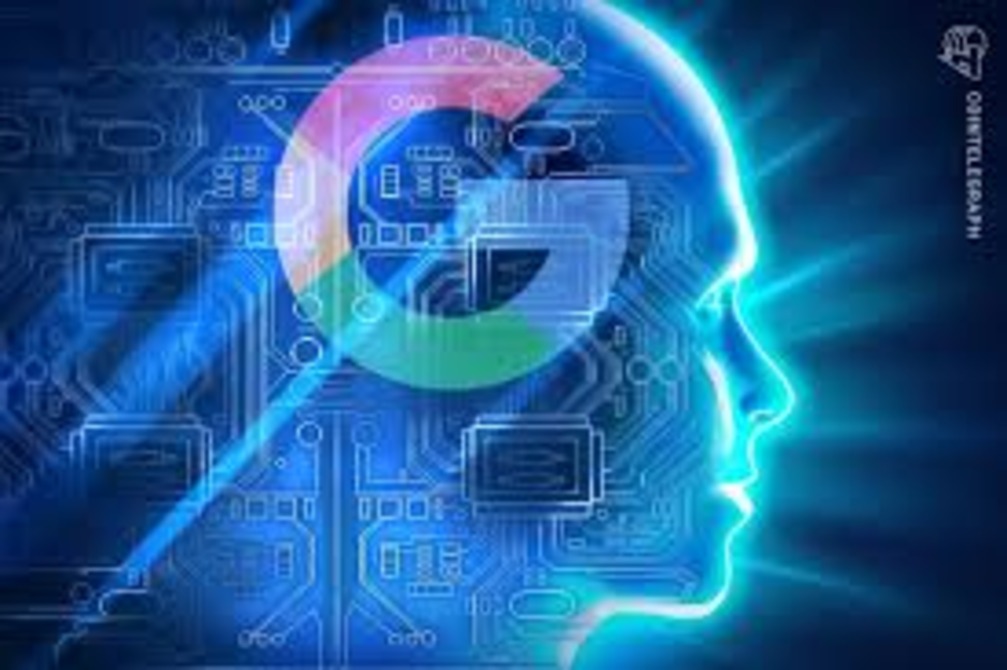
What could be the potential consequences if individuals resort to lawful but deceitful tactics to manipulate rules in favor of one group? The answer could lie in the swift advancements of artificial intelligence tools like those used for graphic design and writing. This leads to the inference that lobbying may become even more cunning and fruitful with the aid of AI. In fact, there exists a possible avenue for implementing this technology: microlegislation.
What is Micro Legislation?
Amy McKay, a political scientist, introduced the term “microlegislation” to describe proposals for small laws that serve the interests of specific groups. In her research, she analyzed the Senate Finance Committee’s consideration of 564 amendments to the Affordable Care Act in 2009. To justify her claim, she also examined the stances of 866 lobbying groups and their donations to political campaigns.
She recorded cases where lobbyists’ feedback, such as vaccine programs or health-care studies, were directly incorporated into amendments for microlegislation. Her research revealed that these groups’ donations to certain senators on the committee amplified the likelihood of the amendments’ approval.
Developing An AI Microlegislator
Creating microlegislation requires machine-learning systems to identify the minor alteration to a bill or current law that would significantly affect a specific interest group. This process poses three primary challenges, all of which current AI tools can address.
First, a policy proposal which suggests minor modifications to the legal text must be drafted. The AI must predict if a human reader would perceive the change as significant. This is crucial since an undetectable alteration will likely be accepted without conflict.
Secondly, an impact assessment is necessary to determine how the change could affect the financial interests of businesses. This involves various techniques for estimating the expected result of a policy and optimizing the returns under that model.
Thirdly, a lobbying strategizer must determine the best way to push the proposal into law. This is done by identifying the most effective levers of power to utilize. This demands a profound comprehension of the intricate, interconnected networks of legislative offices, external organizations, executive agencies, and other parties competing to serve their interests. Interestingly, AI developers have extensive experience modeling such networks. AI models can learn from past instances to forecast how information alters the network.



